Books, academic journal articles, reports, research summaries, fact sheets, and more – focused on youth, social media, and emerging technologies.
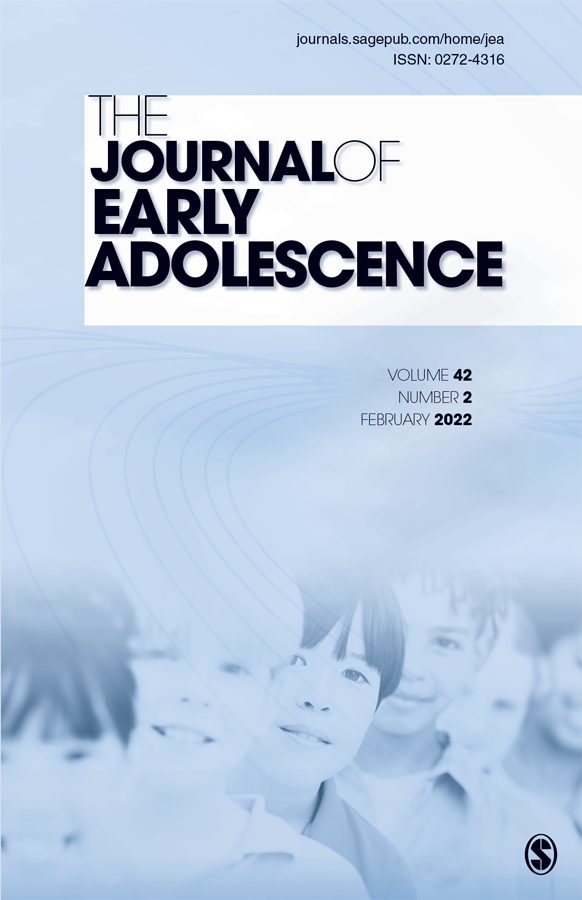
Bias-Based Cyberbullying Among Early Adolescents: The Role of Cognitive and Affective Empathy
Bias-based cyberbullying involves repeated hurtful actions online that devalue or harass one’s peers specific to an identity-based characteristic. Cyberbullying in general has received increased scholarly scrutiny over the last decade, but the subtype of bias-based cyberbullying has been much less frequently investigated, with no known previous studies involving youth across the United States. The current […]
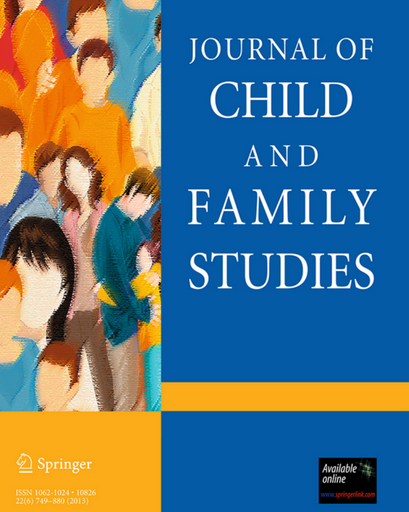
Bullying and Cyberbullying Offending Among US Youth: The Influence of Six Parenting Dimensions
Bullying and cyberbullying prevention remain a major priority for schools, communities, and families, and research is clear that positive, constructive parenting practices can play a key preventive role. The current work explores six dimensions of parenting (warmth, structure, autonomy support, rejection, chaos, and coercion), and their specific relationship to school and online bullying. Using survey […]
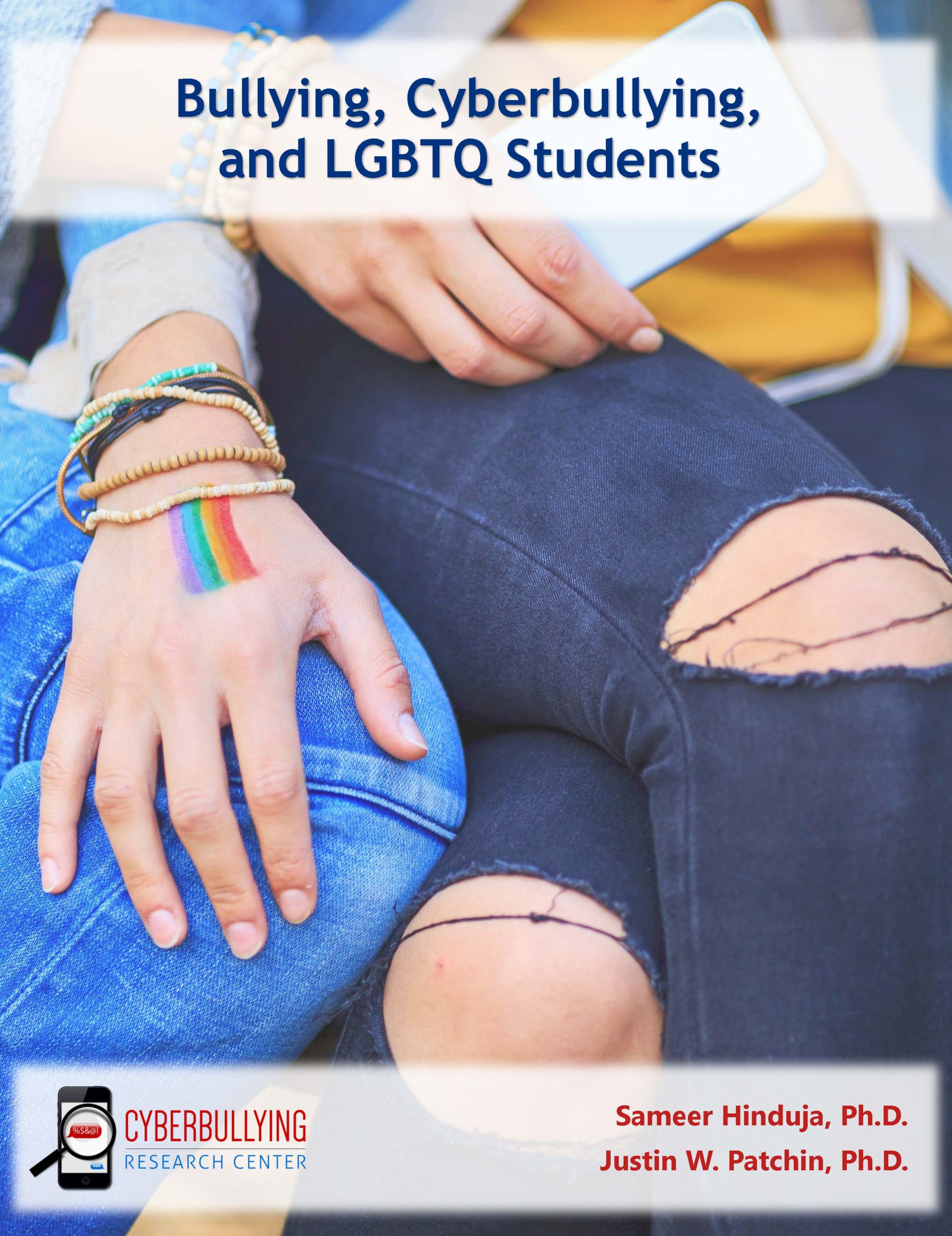
Bullying, Cyberbullying, and LGBTQ Students
Bullying that specifically targets youth and young adults based on their sexual orientation or gender identity/expression has been a problem for decades. The increased utilization of technology among youth (and, well, just about everyone) has resulted in bullying behaviors moving online. As a result, cyberbullying perpetrated against lesbian, gay, bisexual, transgender, and queer (LGBTQ) youth […]

Cyberbullying Among Tweens in the United States: Prevalence, Impact, and Helping Behaviors
The goal of this study was to provide key prevalence rates for experiences with cyberbullying among tweens (children between the ages of 9 and 12 years old). We were also interested in the extent to which tweens engaged in helping behaviors when they observed cyberbullying. American tweens (n = 1034; mean age = 10.52, SD […]
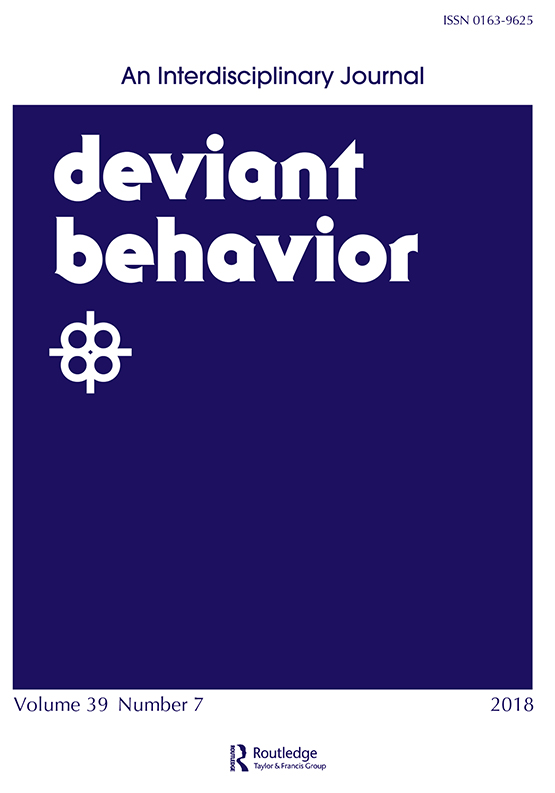
Bullying Victimization, Negative Emotions, and Digital Self-Harm: Testing a Theoretical Model of Indirect Effects
Research on digital self-harm – the anonymous or pseudonymous posting of hurtful or negative information about oneself on the internet and social media platforms – is in the early stages of development. While scholars have started to focus on the correlates of this behavior, there remains a need to anchor the study of digital self-harm […]
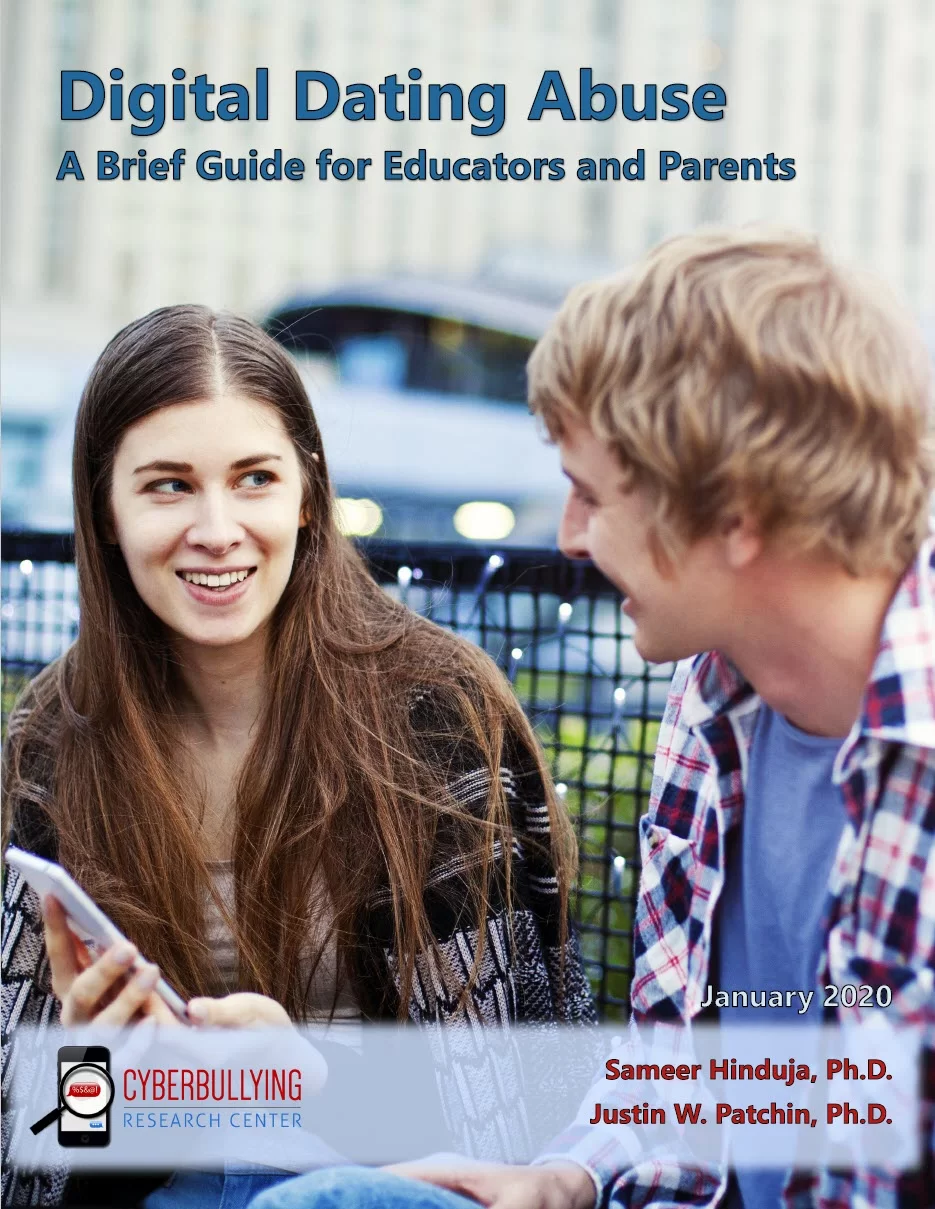
Digital Dating Abuse: A Brief Guide for Educators and Parents
This 8-page research brief provides educators, parents, and other youth serving adults information about the nature and extent of digital dating abuse among adolescents and how to best address it.

Connecting with Students Online: Issues to Consider When Educators “Friend” Students
This fact sheet provides information for educators and students to keep in mind when connecting via social media. Hinduja, S. & Patchin, J. (2020). Connecting with Students Online: Issues to Consider When Educators “Friend” Students. Cyberbullying Research Center. Download PDF

Bullying and Delinquency: The Impact of Anger and Frustration
Few studies have explored whether individuals who are bullied at school or online are more likely to engage in delinquent behavior. Even less is known about whether negative emotions (i.e., anger or frustration)—as a result of being victimized—mediate the relationships between being bullied or cyberbullied and delinquency (as predicted by Agnew’s general strain theory). The […]
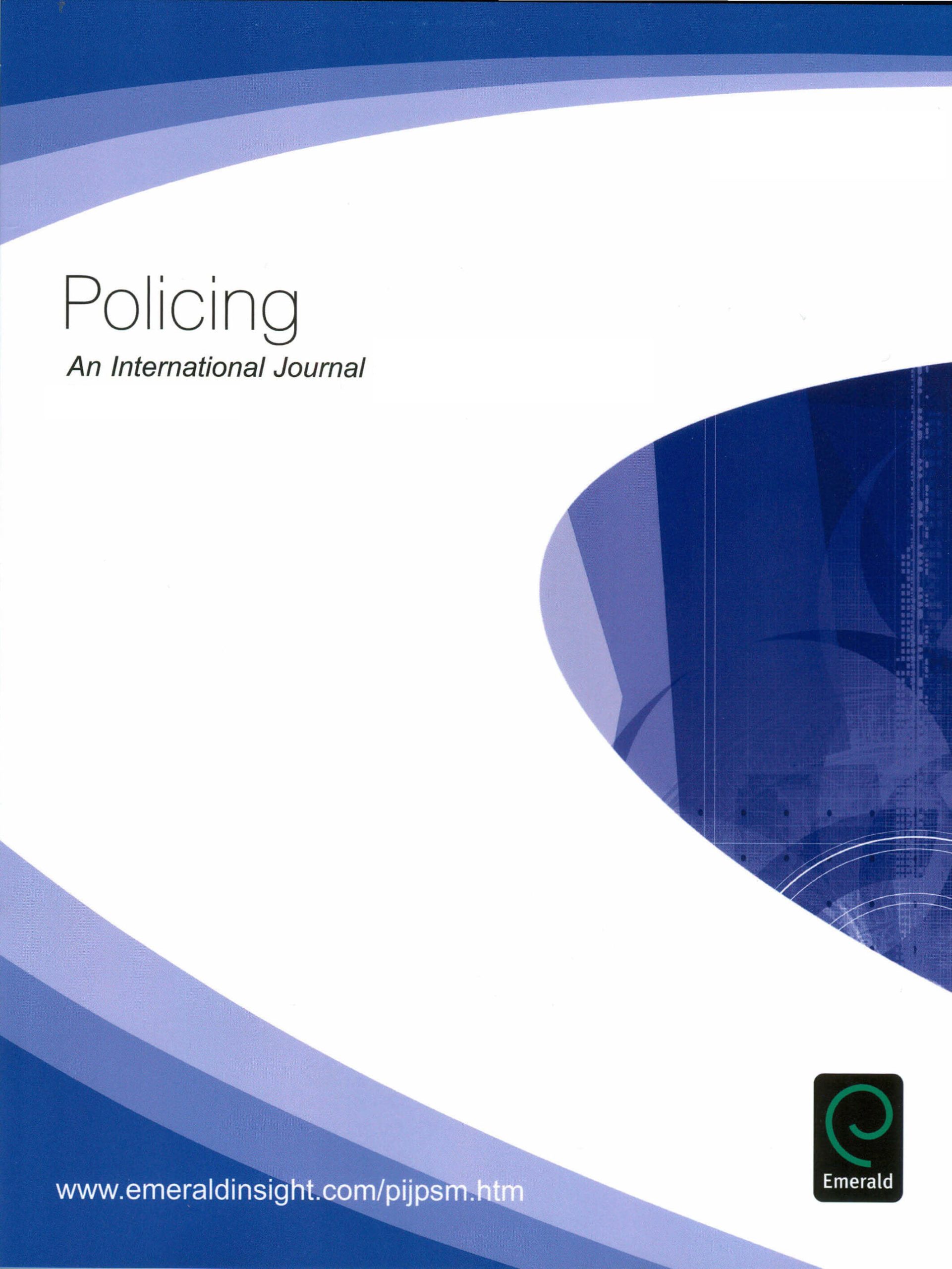
Law Enforcement Perceptions of Cyberbullying: Evolving Perspectives
Cyberbullying – using technology to intentionally and repeatedly engage in bullying behaviors – has gained considerable public attention over the last decade. Parents and educators regularly instruct students about appropriate online behaviors and threaten consequences for misbehaviors. The role and responsibility of law enforcement officers in preventing and responding to cyberbullying incidents remains uncertain. While […]
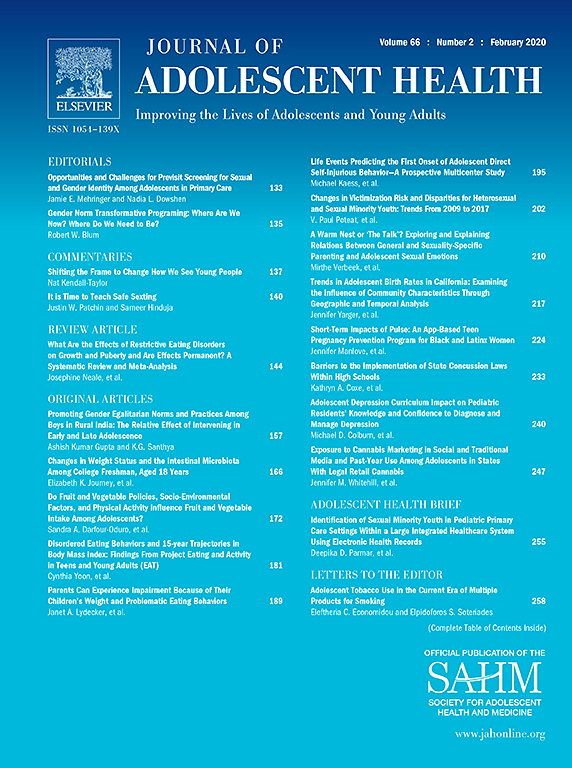
It is Time to Teach Safe Sexting
Research shows that roughly 10-25% of American teens have participated in “sexting,” the sharing of sexually-explicit or sexually-suggestive images. When minors share nude images of themselves with others in the United States, they are distributing child pornography. If these images are received from others and stored on personal devices, individuals are in possession of child […]

